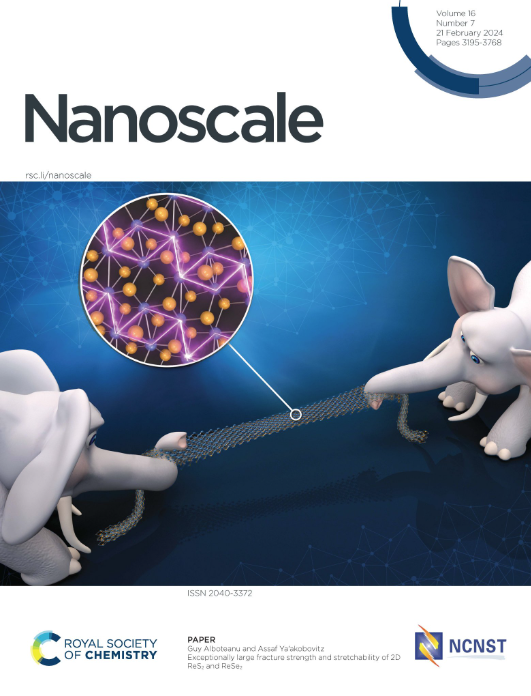In-situ Synthesis of the Bimetallic Chalcogenides with Highly Conducting Carbon Nanotubes for Efficient Symmetric Hybrid Supercapacitor
IF 5.8
3区 材料科学
Q1 CHEMISTRY, MULTIDISCIPLINARY
引用次数: 0
Abstract
Achieving high energy density and long cycle stability in energy storage devices necessitates excellent electrochemical performance, which often relies on the innovative structural design of the materials under investigation. Therefore, hybrid supercapacitors are crucial in the realm of energy storage devices. The elevated energy density and power density, combined with various energy storage mechanisms, significantly improve electrochemical performance. Here, we developed a highly efficient electrode material, carbon nanotubes-metal chalcogenides (CNT-CuNiSe2), through a simple one-pot reflux method (in situ). The enhanced energy storage is achieved by synergising the CuNiSe2 with the pi-cloud of CNT, which leads to specific capacitance retainability over prolonged cycling stability. The hybrid supercapacitor electrode was formed with conducting carbon cloth (CC) with CNT-CuNiSe2 as a hybrid material, named as CC/CNT-CuNiSe2 material. The fabricated hybrid electrode materials were ideal for energy storage. The CC/CNT-CuNiSe2 has shown excellent energy storage capability by attaining a specific capacitance of 957.06 F/g at 1Ag. Hybrid supercapacitors with high energy and power density were developed using conducting carbon cloth and CNT-CuNiSe2, designated CC/CNT-CuNiSe2//CC/CNT-CuNiSe2. The hybrid capacitor device has demonstrated a capacitance of 265.586 F/g, alongside an energy density of 82.99 Wh/kg at a power density of 1511.35 W/kg, and the charge and discharge at 4A/g, the hybrid capacitor device delivered an impressive capacitance retention of 101.3% over 6000 continuous cyclings.求助全文
约1分钟内获得全文
求助全文
来源期刊

Nanoscale
CHEMISTRY, MULTIDISCIPLINARY-NANOSCIENCE & NANOTECHNOLOGY
CiteScore
12.10
自引率
3.00%
发文量
1628
审稿时长
1.6 months
期刊介绍:
Nanoscale is a high-impact international journal, publishing high-quality research across nanoscience and nanotechnology. Nanoscale publishes a full mix of research articles on experimental and theoretical work, including reviews, communications, and full papers.Highly interdisciplinary, this journal appeals to scientists, researchers and professionals interested in nanoscience and nanotechnology, quantum materials and quantum technology, including the areas of physics, chemistry, biology, medicine, materials, energy/environment, information technology, detection science, healthcare and drug discovery, and electronics.
 求助内容:
求助内容: 应助结果提醒方式:
应助结果提醒方式:


